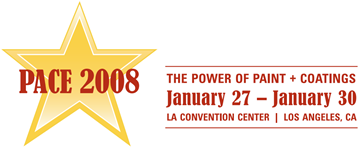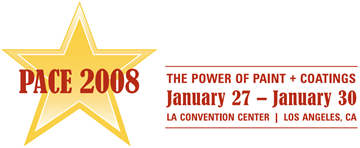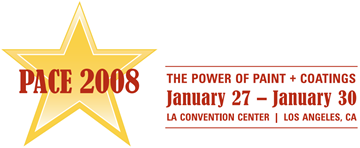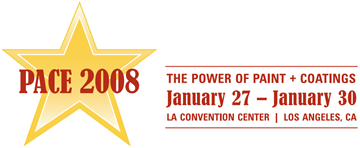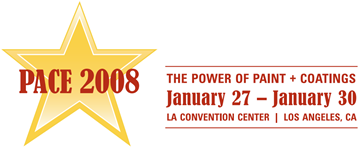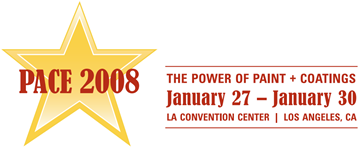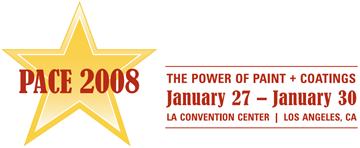Search
Products tagged with '2008 Conference Papers'
View as
Sort by
Display
per page
The Curse of the Mummy: Strange Discoveries in the World of Coating Failures
Product Number:
41208-439-SG
Publication Date:
2008
$20.00
The Evolution & Benefits of Ultra-High Solids Coatings
Product Number:
41208-453-SG
Publication Date:
2008
$20.00
The Responsibility of the Third Party Inspector in Today’s Marine Environment
Product Number:
41208-433-SG
Publication Date:
2008
$20.00
Thermal Imaging as a Forensic Tool in Coating Failure Investigations
Product Number:
41208-454-SG
Publication Date:
2008
$20.00
Understanding Adhesion Test Data - The Importanceof Round Robin Evaluations
Product Number:
41208-455-SG
Publication Date:
2008
$20.00
Who Says I Can’t Blast This Way! Regulations & Standards Affecting Safe Abrasive Blasting
Product Number:
41208-412-SG
Publication Date:
2008
$20.00
Zero VOC Water Based Epoxy Topcoat - Performance Equivalent to Solvent Based and High VOC Water Based Epoxies
Product Number:
41208-463-SG
Publication Date:
2008
$20.00

